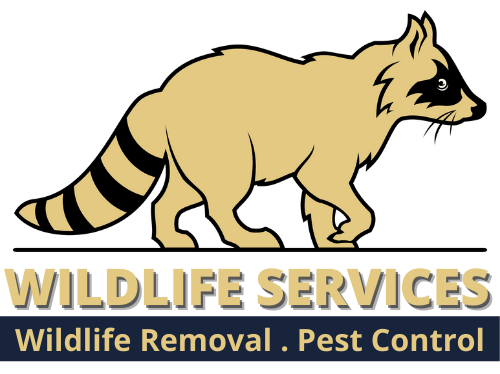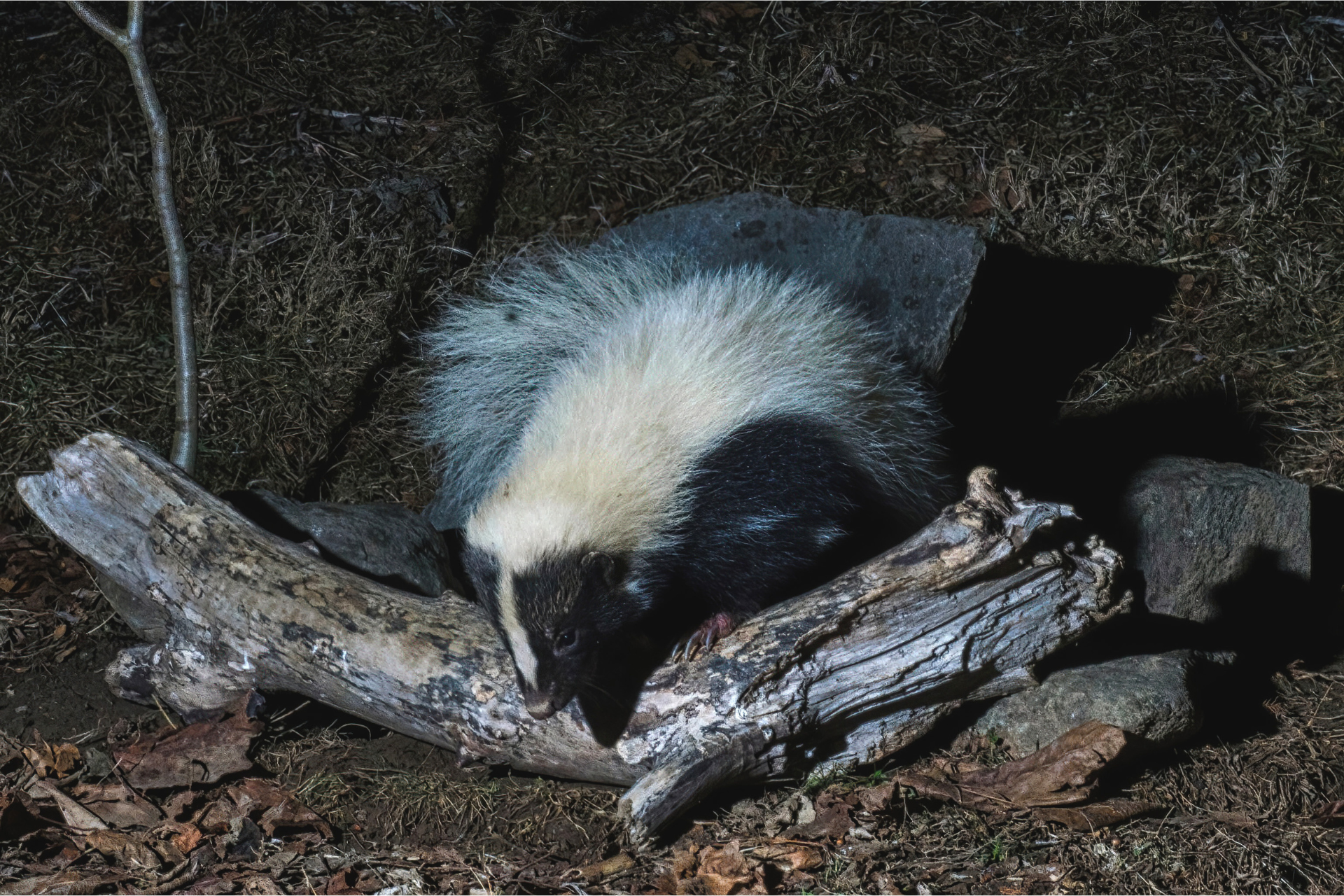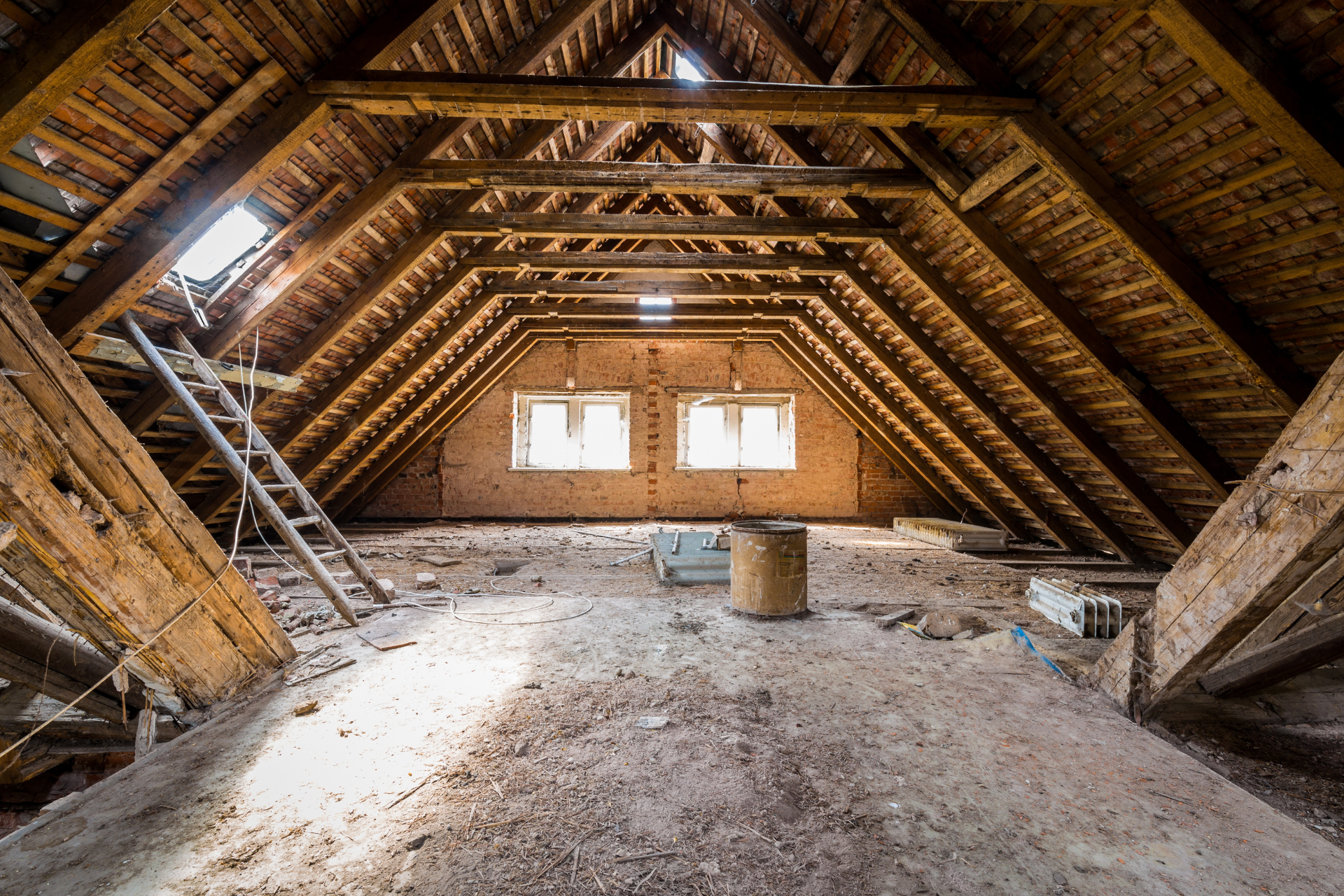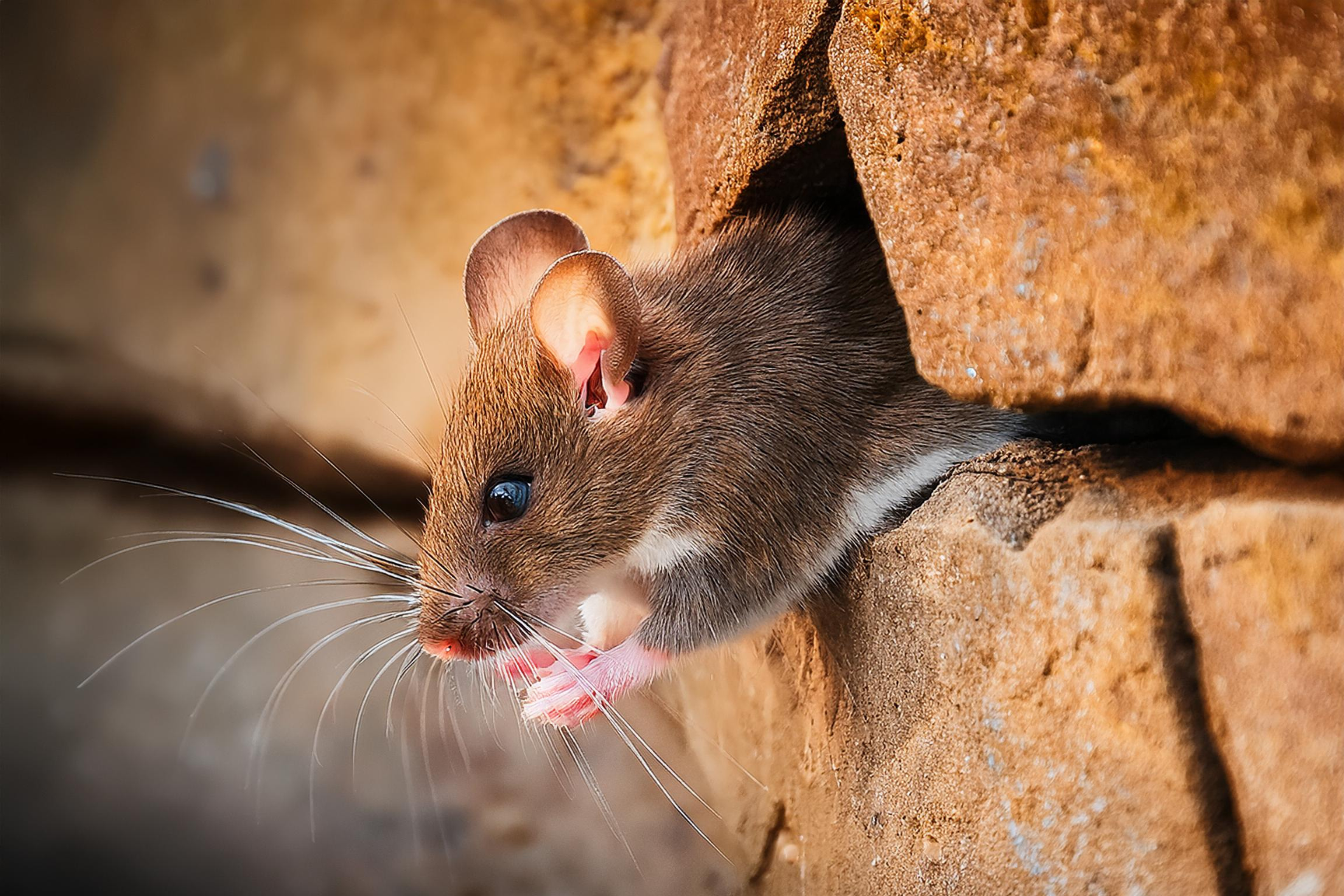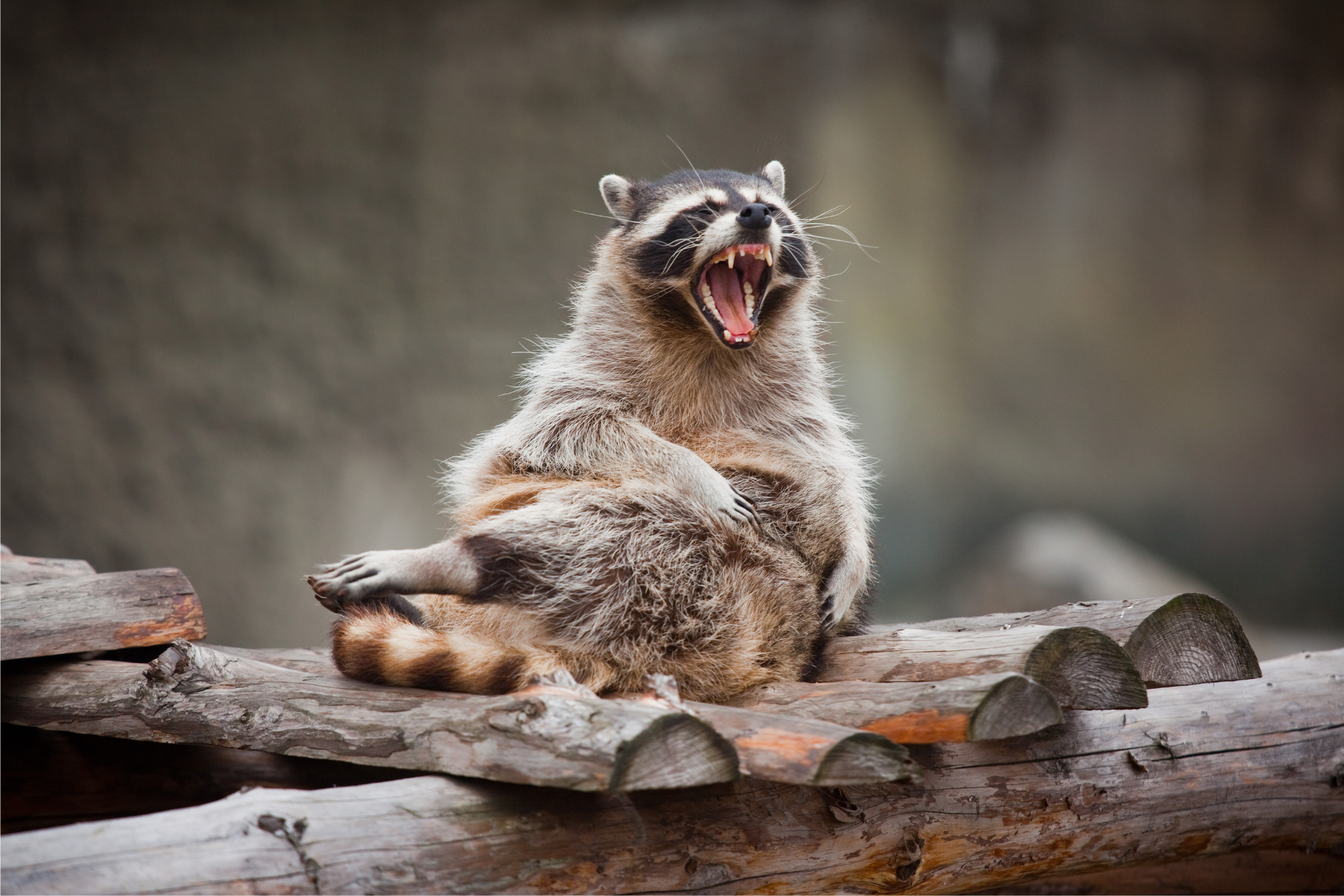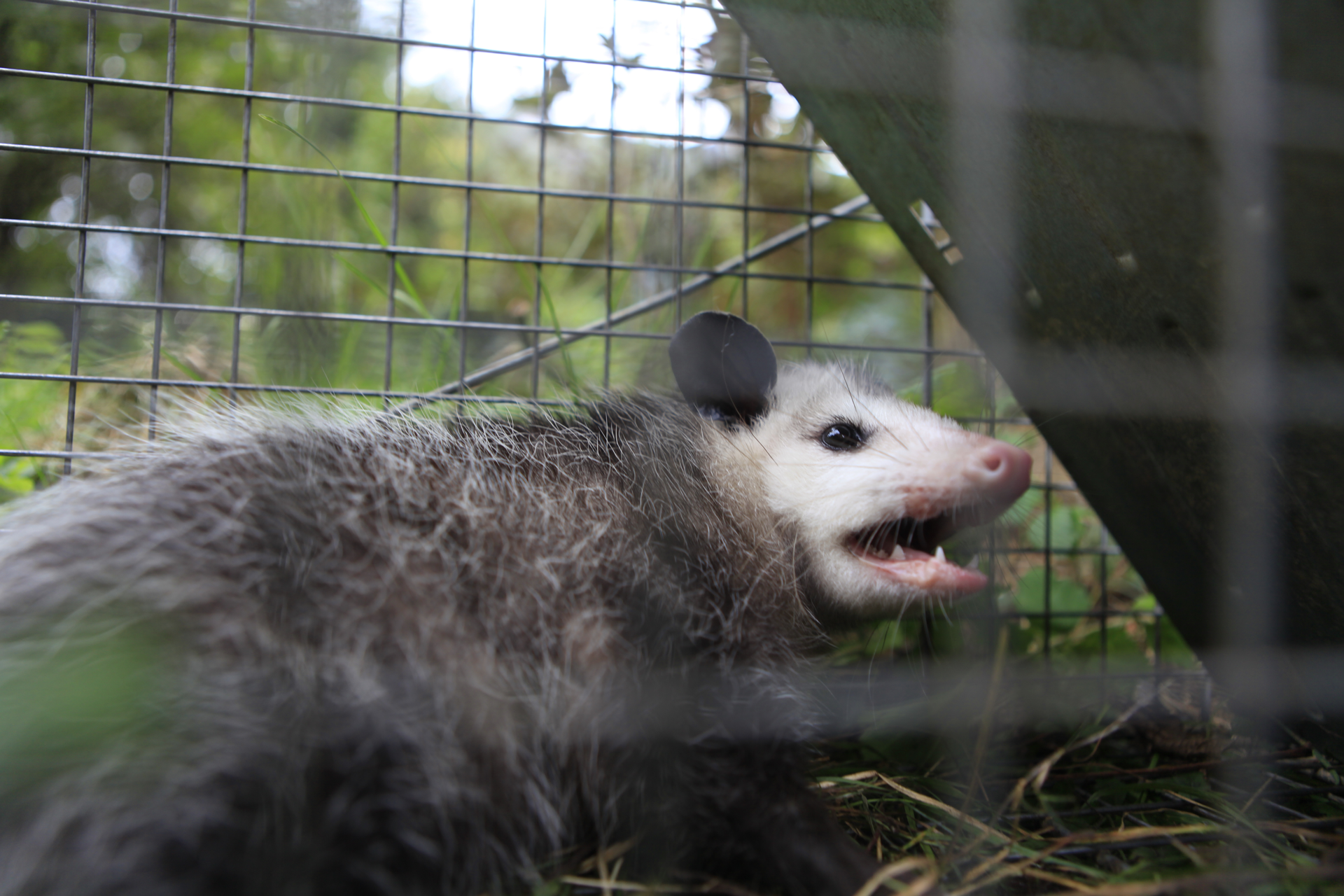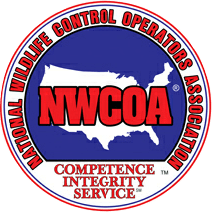Understanding Wildlife Entry Points
How Animals Get Into Residential And Commercial Buildings
It’s an unsettling experience to hear scurrying footsteps above your ceiling or to notice the unmistakable scent of an animal’s presence somewhere it shouldn’t be. For many homeowners and business operators, the realization that wild animals have found their way inside a structure is both frustrating and perplexing. These animals don’t walk through the front door. They exploit the overlooked, the ignored, and the forgotten. And the truth is, understanding how wildlife enters buildings is half the battle when it comes to keeping them out for good.
The Subtle Art Of Infiltration
Animals are incredibly opportunistic. Whether it’s squirrels nesting in your attic, raccoons foraging in a crawlspace, or birds setting up shop inside a vent, the initial step is always access. Wildlife entry points can be surprisingly discreet—small cracks, weathered materials, poorly sealed corners, or damaged vents. These aren’t places most people pay much attention to, which makes them perfect targets.
Rodents in particular are masters at squeezing through tight gaps. Mice can wiggle through holes the size of a dime, while rats only need an opening about the width of a quarter. Once inside, they’ll often chew through wood, insulation, and even electrical wiring, making the problem far more serious than a mere nuisance.
Rooflines are especially vulnerable. Over time, weather and wear can create separations in soffits or gaps along fascia boards. Chimneys without properly fitted caps are like open invitations to curious critters. And then there’s the attic vent—something many assume is impenetrable, yet it’s frequently a direct pathway for squirrels, bats, or birds if the mesh covering is torn or absent.
Commercial properties face similar challenges. Flat roofs with HVAC units often have accessible ducts and weak points, especially around the base where the unit connects to the structure. Storage facilities, restaurants, and warehouses tend to have loading bays and garage doors that don’t seal completely, leaving just enough space for pests to find their way in and explore.
Following The Scent And The Seasons
Animals don’t just pick buildings at random. There’s a logic to their choices, even if it’s not immediately obvious. In many cases, wildlife is driven by two main motivations: food and shelter. And buildings, whether residential or commercial, offer plenty of both—often unintentionally.
Garbage bins, bird feeders, pet food, compost piles, or even fruit-bearing trees in the backyard can attract hungry wildlife. Once they’ve had a taste, they’ll start investigating nearby structures to see if there’s more to be found. Even a faint scent of something edible can entice an animal to linger and look for a way in.
Seasonal changes also play a big role. As temperatures dip in the fall and winter, animals begin searching for warm places to ride out the cold. That’s when your attic starts to look mighty appealing to a raccoon, or when a quiet crawlspace becomes the ideal nesting spot for skunks. During spring, some animals are looking for a safe place to raise their young, and a cozy, undisturbed attic often fits the bill.
Additionally, heavy rain or storms can flood natural shelters, pushing wildlife to higher ground—often in the form of your roof. If they’re persistent—and they often are—they’ll find a vulnerability to exploit. Once inside, they can be incredibly hard to remove, especially if they’ve nested or reproduced.
Human Construction Meets Natural Instinct
Here’s where things get a bit ironic. Many of the architectural elements designed to make our buildings more efficient or comfortable also double as prime entry points for wildlife. Vents, ducts, eaves, chimney flues, even decorative trim—all of these features can be manipulated by a determined animal.
A bird can swoop into an open bathroom vent and settle right into the ductwork. Squirrels can run along power lines and leap onto your roof, then dig into aging shingles or slip beneath lifted flashing. Rats often follow utility lines and plumbing routes, using them as highways to gain access to interior walls.
The issue is that most people don’t think about these things until it’s too late. And by the time you notice something is off—droppings in the garage, insulation scattered across the attic, or a foul odor drifting through the vents—the damage has already begun. Wildlife isn’t just sneaking in for a visit; it’s moving in with plans to stay.
Even construction flaws or shortcuts can turn into major liabilities. Improperly sealed expansion joints, unreinforced roof valleys, or gaps in siding where two materials meet are practically engraved invitations. And once one animal finds a way in, others are sure to follow, drawn by the scent trails and the signs left behind.
The Domino Effect Of An Overlooked Gap
What starts as a minor oversight—a missing screen, a cracked vent cover—can spiral quickly. Wildlife problems rarely stay isolated. One raccoon in the attic can mean several more are on the way. A nest of squirrels often turns into chewed wiring and the risk of fire. Bats bring with them guano that can lead to structural degradation and health issues. And once an animal has accessed one part of your building, it's likely exploring others, looking for new shelter or escape routes.
There’s also the domino effect of animal entry and the structural issues it accelerates. Moisture intrusion becomes more common once entry holes are created, leading to rot, mold, or weakened materials. Noise disturbances become a regular part of daily life. And in commercial environments, wildlife issues can affect employee morale, disrupt operations, and even impact reputation.
What’s especially frustrating is how many of these problems start small. A minor patch-up job or a routine inspection could’ve prevented a full-blown infestation. But because wildlife operates quietly and persistently, their work often goes unnoticed until there's a big mess to clean up—physically and financially.
Getting Ahead Of The Problem
At Wildlife Services, we’ve seen firsthand how elusive wildlife entry points can be—and how much damage they can cause once they’re breached. Our approach focuses on locating these often-overlooked access spots and securing them with long-term solutions. We’re not just interested in removing the animals. We aim to prevent future issues by understanding exactly how, where, and why they got in.
If you’ve been hearing odd noises, noticing strange droppings, or just have that gut feeling something’s living where it shouldn’t be, don’t wait for the problem to escalate. Contact Wildlife Services so we can help you identify vulnerabilities, seal them off, and restore your peace of mind. Because when it comes to protecting your home or business from wildlife, knowledge and prevention go a long way.
